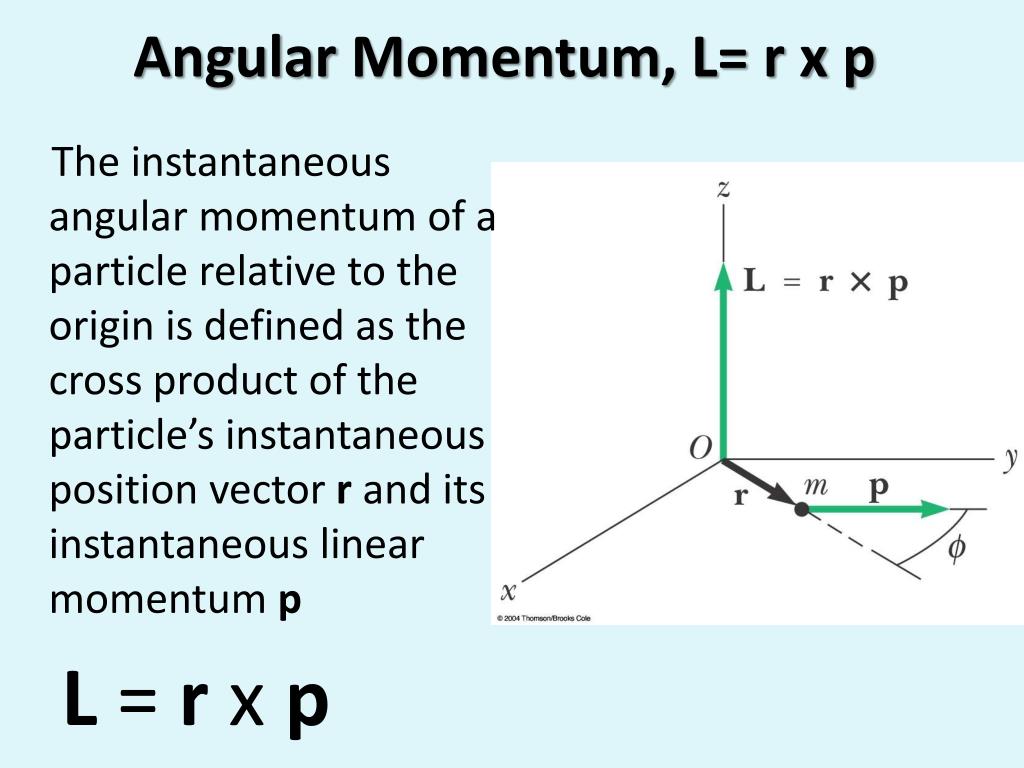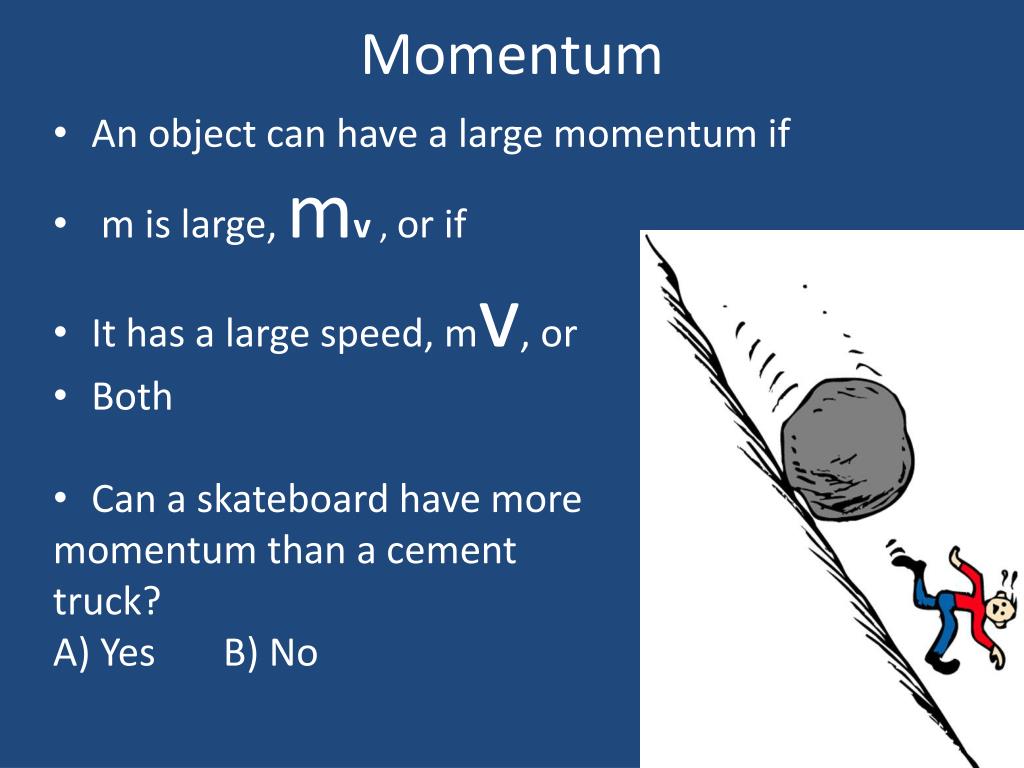

Some object as a function of time, the area under thatĬurve is equal to the impulse. Graph is going to equal the impulse on the object. Should think about is that the area under that

If you get a force versus time graph, the first thing you This wall exerted a force to the left, that means the impulse also points left, and has a magnitude of 3Mv. The net impulse has to point in the same direction as the net force. Which would be M times 2v, which gives a net impulse of -3Mv. Velocity's heading leftwards, so you can't forget the negative sign, minus the initial momentum, P final minus p initial, so the final momentum is gonnaīe the mass times the final velocity, but this Magnitude of the impulse on the ball from the wall? So the impulse, J, is going to be equal to the change in momentum. And it recoils off a wall with a speed v. Of mass M is initially moving to the right with a speed 2v. Involving impulse look like? Let's say a bouncy ball Times time, you could write the units as Newtons times seconds. And the units are the same as momentum, which is kilograms That means impulse is also a vector, so it can be And since impulse is a change in momentum, and momentum is a vector, Gonna equal the net force on that object multiplied by the time during which Gonna equal the net impulse, and that net impulse is Had some initial momentum and ends with some final momentum, the change in momentum of that mass, p final minus p initial, is To be equal to the change in momentum of that system or object. And the net impulse is gonnaīe equal to the net force times the time during which J, the impulse, is equal to the force multiplied by how The time during which that force was acting. What does impulse mean? The impulse is the amount ofįorce exerted on an object or system multiplied by Together, is for the total combined mass to also move to the right. Have to be to the right, and the only way that could be the case if these two masses joined That means, after the collision, the total momentum will also Mv, and that's positive, which means the total momentum,
#Iunit of momentum plus
Of the system would be 6Mv plus -5Mv, which is one Momentum is a vector, so you can't forget the negative signs. M is gonna be the mass M, times the velocity, which is negative 5v. So the momentum of the 3M mass is going to be the mass, which is 3M, times the velocity, which is 2v, so we get a momentum of 6Mv. Since momentum's gonna beĬonserved, that'll have to be the direction of the momentum finally. Just ask what direction is the total momentum of the system initially. Which direction will the two masses head after the collision? To figure this out, we can Over a frictionless surface with speeds 2V and 5V, respectively, and after the collision Involving momentum look like? Let's say two blocks of mass 3M and M head toward each other, sliding Times v, the units are kilograms times meters per second. Net force in the y direction, then the momentum in the yĭirection will be conserved, and if there's no netįorce in the x direction, the momentum in the xĭirection will be conserved. The momentum in each direction can be conserved independently. Point in the direction of the total velocity, and So momentum will be conserved if there's no net external force. Initial momentum of that system would equal the total final And why do we care about momentum? We care about momentumīecause if there's no net external force on a system, the momentum of that What does momentum mean? The definition of momentum is A rookie here.ĪP Center, High School Affiliated to RUC, Beijing, China The sum of forces that are not exerted BY the system itself but are exerted ON the system.Īgain, thank you for asking. To reiterate, what to consider is merely the net third party force that does not belong to the original whole system you have been asked to consider. However, if we now expand a little bit and consider air resistance, will air resistance be a net force? Well, yes, since that is indeed a third party force that is not part of the system. They are simply regarded as "inner-forces" existed in the whole rocket-tank system. Will we consider the forces the tanks exert "net forces" to the whole system? Apparently no.

My suggestion is that you decide whether there is a third party force exerted, say, by an experimenter.Ĭonsider the circumstance: A rocket and its additional tanks are fired up to the sky and after a while the tanks exert a repulsive force in the opposite direction of the rocket so they may separate with the rocket and fall. You may consider the phrase "net force" as "the external force", or "the force left over after subtracting all individual forces in a system", according to Giancoli AP Physics.


 0 kommentar(er)
0 kommentar(er)
